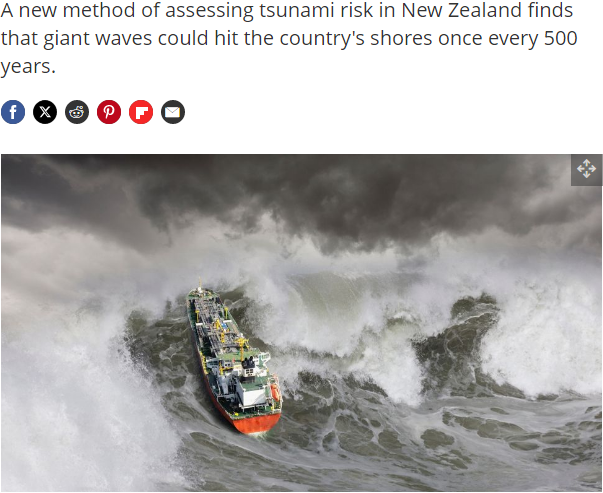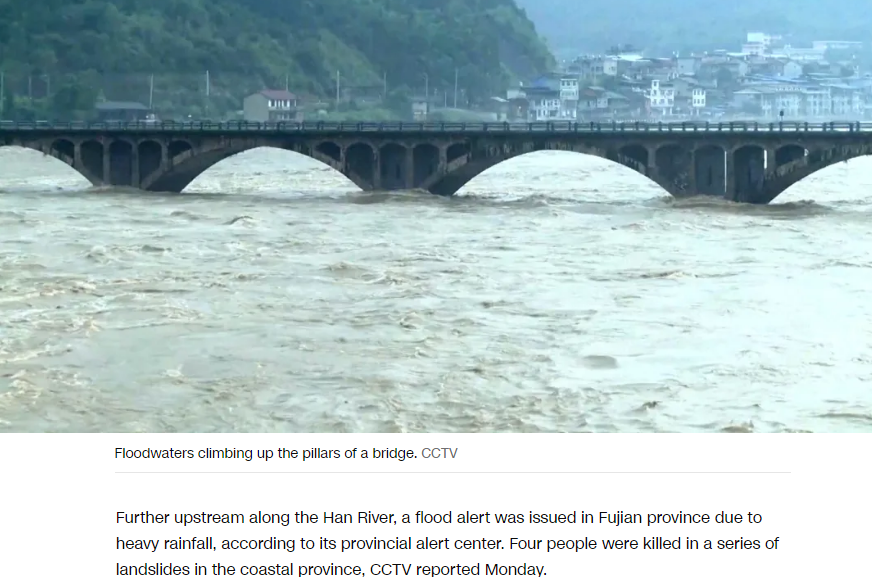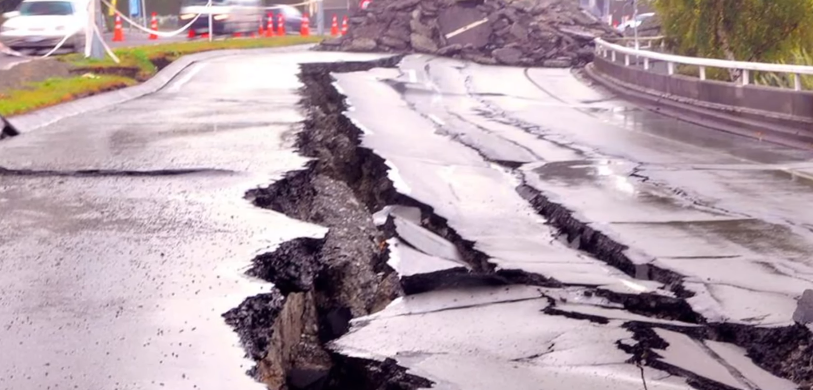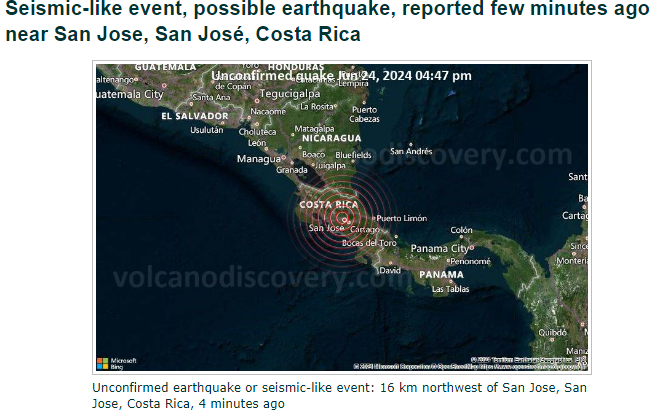Table of Contents
- Introduction
- Understanding Hurricane Risks in New Jersey
- Peak Hurricane Season in New Jersey
- Threats from Hurricanes
- Preparing for Hurricanes
- Evacuation and Sheltering
- Recent Hurricane Impacts in New Jersey
- Conclusion
Introduction
Hurricanes are powerful storms that can bring devastating winds, flooding, and storm surges. New Jersey, located in the northeastern United States, is susceptible to the impacts of hurricanes, particularly during the peak season from mid-August to late October. Understanding the risks and taking proactive measures are crucial for residents to ensure their safety and the integrity of their homes.
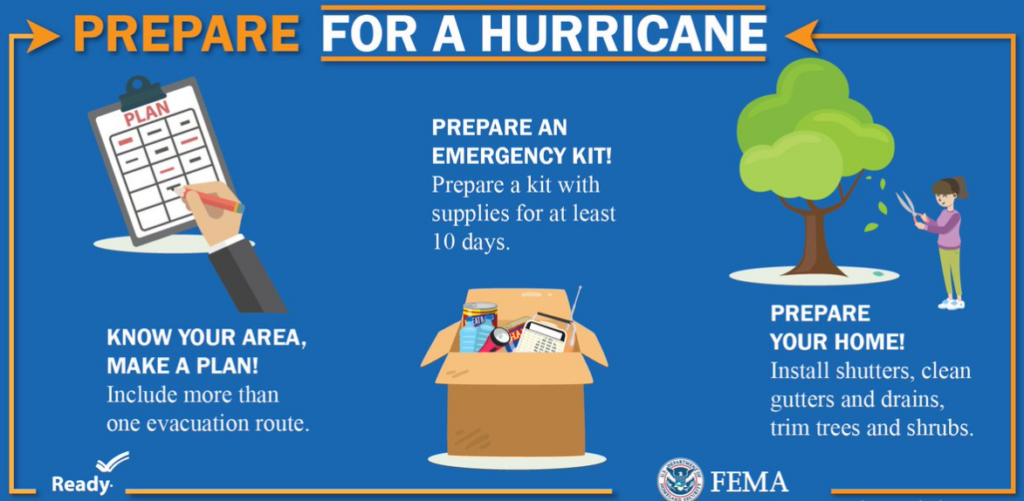
Understanding Hurricane Risks in New Jersey
New Jersey’s coastal location makes it vulnerable to the effects of hurricanes. The state has experienced numerous hurricanes and tropical storms over the years, some of which have caused significant damage and loss of life.
Peak Hurricane Season in New Jersey
The Atlantic hurricane season runs from June 1 to November 30, but the peak potential for hurricane and tropical storm activity in New Jersey is from mid-August through the end of October. This period is critical for residents to be prepared and vigilant.
Threats from Hurricanes
Hurricanes pose several threats to New Jersey:
- Wind: Even the weakest hurricanes can have winds reaching 95 miles per hour, while the strongest can exceed 157 miles per hour.
- Flooding: Thunderstorms and torrential rains can cause dangerous floods or flash floods. Storm surges at the shore can be 25 feet high or more and 50 to 100 miles wide.
- Tornadoes: 70% of hurricanes making landfall spawn at least one tornado.
Preparing for Hurricanes
Preparation is key to surviving a hurricane. Here are some steps residents can take:
- Emergency Kit: Build an emergency kit with essential supplies such as food, water, first aid materials, and a battery-powered radio.
- Secure Your Home:
- Install permanent storm shutters or board up windows with 5/8” marine plywood.
- Secure your roof with straps or clips.
- Trim trees and shrubs around your home.
- Clear loose and clogged rain gutters and downspouts.
- Secure your boat and anchor items that cannot be brought inside.
- Stay Informed: Stay updated with the latest weather forecasts and emergency alerts from credible sources like the National Weather Service and the New Jersey Office of Emergency Management (NJOEM).
Evacuation and Sheltering
Evacuation
- Follow Local Authorities: Evacuate if directed by local authorities.
- High-Risk Areas: If you live in a mobile home, high-rise building, or areas prone to flooding, consider evacuating.
- Red Cross Shelters: The Red Cross sets up shelters for those who must evacuate.
Sheltering
- Stay Inside: Go to an interior room or area of your home, away from windows and glass doors.
- Utilities: Turn off utilities if instructed to do so. Otherwise, keep the refrigerator thermostat at its coldest setting and keep its doors closed.
- Communication: Avoid using the phone except for emergencies and keep flashlights and batteries handy.
Recent Hurricane Impacts in New Jersey
New Jersey has experienced several significant hurricanes and tropical storms in recent years:
- Hurricane Hugo (1989): Passed to the west of New Jersey, causing over 5 inches of rain in North Jersey.
- Hurricane Earl (2010): Produced rip currents that killed two swimmers.
- Hurricane Arthur (2014): Passed to the east of New Jersey, producing moderate rainfall along the coast.
- Hurricane Ida (2021): Brought tornadoes and flash flooding, resulting in 23 deaths.
- Tropical Storm Debby (2024): Expected to bring heavy rainfall and potential flooding to New Jersey.

Conclusion
Hurricanes are a serious threat to New Jersey, particularly during the peak season from mid-August to late October. Understanding the risks and taking proactive measures to prepare and stay informed are crucial for ensuring safety and minimizing damage. By knowing the threats, preparing your home, and following evacuation and sheltering guidelines, residents can better navigate the challenges posed by hurricanes.
| Category | Wind Speed | Damage |
|---|---|---|
| 1 | 74-95 mph | Minimal |
| 2 | 96-110 mph | Moderate |
| 3 | 111-129 mph | Extensive |
| 4 | 130-156 mph | Extreme |
| 5 | 157 mph or higher | Catastrophic |
By staying informed and prepared, New Jersey residents can mitigate the impacts of hurricanes and ensure their safety during these dangerous storms.

